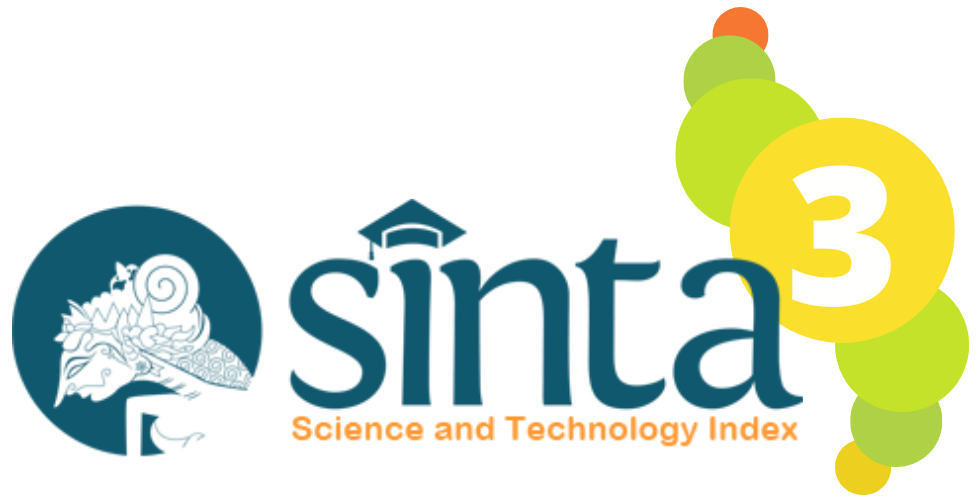THE EFFECT OF AUDIO VISUAL MEDIA ON STUDENTS' MATHEMATICS LEARNING OUTCOMES AT STATE ELEMENTARY SCHOOL 124 PALEMBANG
DOI:
https://doi.org/10.32585/dikdasbantara.v7i2.5373Abstract
This research aims to determine the significant influence in student learning outcomes between class IV.B as the control class and class IV.C as the experimental class which uses audio-visual media at SDN 124 Palembang. This research used a True Experimental treatment design. The research population was all fourth grade students at SD Negeri 124 Palembang, totaling 105 students for the 2023/2024 academic year. The sampling technique used is random sampling. Instrument validity, the test was tested using the Product Moment Person correlation formula and to determine its reliability it was tested using the Cronbach's Alpha method. The data analysis technique uses the t test (Independent Sample T-Test), whose normality and homogeneity have previously been determined. The results of the experimental group's research obtained an average score of 78.6 and the control group obtained an average posttest score of 69.86, so it can be concluded that there is a significant influence on student learning outcomes in class IV mathematics learning on mathematics sentences and calculations at SDN 124 Palembang in the even semester of the 2023/2024 academic year.
Downloads
Downloads
Published
Issue
Section
License
Copyright (c) 2024 Andika Setiawan, Marhamah, Arief Kuswidyanarko

This work is licensed under a Creative Commons Attribution-ShareAlike 4.0 International License.
The copyright to this article is transferred to Jurnal Dikdas Bantara if and when the article is accepted for publication under Creative Commons Attribution-ShareAlike 4.0 International License. The undersigned hereby transfers any and all rights in and to the paper including without limitation all copyrights to Jurnal Dikdas Bantara. The undersigned hereby represents and warrants that the paper is original and that he/she is the author of the paper, except for material that is clearly identified as to its original source, with permission notices from the copyright owners where required. The undersigned represents that he/she has the power and authority to make and execute this assignment.We declare that:
1. This paper has not been published in the same form elsewhere.
2. It will not be submitted anywhere else for publication prior to acceptance/rejection by this Journal.
3. A copyright permission is obtained for materials published elsewhere and which require this permission for reproduction.
Furthermore, I/We hereby transfer the unlimited rights of publication of the above-mentioned paper in whole to Jurnal Dikdas Bantara. The copyright transfer covers the right to reproduce and distribute the article, including reprints, translations, photographic reproductions, microform, electronic form (offline, online), or any other reproductions of similar nature. The corresponding author signs for and accepts responsibility for releasing this material on behalf of any and all co-authors. After submission of this agreement signed by the corresponding author, changes of authorship or in the order of the authors listed will not be accepted.
Retained Rights/Terms and Conditions
1. Authors retain all proprietary rights in any process, procedure, or article of manufacture described in the work.
2. Authors may reproduce or authorize others to reproduce the work or derivative works for the author’s personal use or for company use, provided that the source and the Jurnal Dikdas Bantara copyright notice are indicated, the copies are not used in any way that implies Jurnal Dikdas Bantara endorsement of a product or service of any employer, and the copies themselves are not offered for sale.
3. Although authors are permitted to re-use all or portions of the work in other works, this does not include granting third-party requests for reprinting, republishing, or other types of re-use.



















